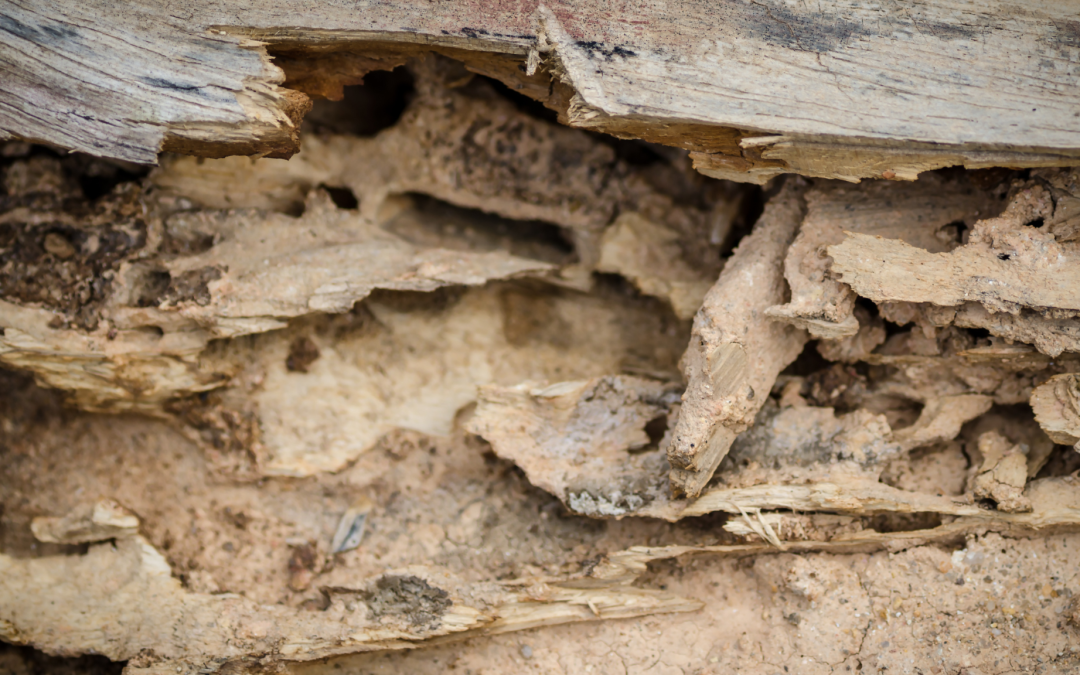Understanding Wood Decay and Its Prevention
Preventing wood decay is crucial for homeowners looking to maintain their property. Wood decay primarily results from fungi that thrive in moist environments, which break down cellulose and lignin in wood. Key factors influencing wood decay include moisture, temperature, and wood quality. Common types of wood decay fungi include brown rot, white rot, and soft rot, each with unique effects on wood.
Key Strategies for Preventing Wood Decay
Control Moisture to Prevent Wood Decay
Moisture is the main catalyst for preventing wood decay. Ensure proper ventilation in your home to avoid condensation. Repair leaks promptly and use dehumidifiers in damp areas like basements and crawl spaces.
Regular Inspections to Prevent Wood Decay
Conduct routine inspections of your home’s exterior and interior for signs of wood decay. Focus on areas prone to moisture accumulation, such as around windows, doors, and roofs.
Maintain Gutters and Downspouts to Prevent Wood Decay
Keep gutters and downspouts clear of debris to prevent water pooling around your foundation. Ensure downspouts direct water away from the house to avoid moisture seepage, which is essential for preventing wood decay.
Seal and Protect Wood Surfaces
Apply wood preservatives and sealants to exterior wood surfaces, creating a barrier against moisture and fungi. Regularly inspect and reapply these treatments, especially in humid climates, to ensure effectiveness in preventing wood decay.
Trim Vegetation to Reduce Dampness
Trim trees and shrubs near your home to prevent branches from rubbing against the structure or creating shaded, damp areas where moisture can accumulate, leading to wood decay.
Use Pressure-Treated Wood for Outdoor Projects
When building or renovating, opt for pressure-treated wood for outdoor structures like decks and fences. This type of wood resists decay and insect damage, enhancing longevity and contributing to preventing wood decay.
Addressing Wood Decay: Steps to Take
Despite preventive measures, wood decay may still occur. Early detection and prompt action are vital to minimize damage.
Identify Signs of Wood Decay
Look for visible signs of wood decay, such as soft or spongy areas, discoloration, musty odors, and fungal growth like mold or mildew.
Assess Damage Thoroughly
Determine the extent of damage by inspecting affected areas carefully. Depending on severity, consulting a professional may be necessary for evaluation and repair recommendations.
Replace Severely Damaged Wood
Remove and replace any severely decayed wood to prevent further spread. Address underlying causes, such as fixing leaks or improving ventilation, to avoid recurrence of wood decay.
Treat Affected Areas with Fungicides
Use fungicides on affected wood to halt decay progression and prevent future infestations. Follow manufacturer instructions closely, and consider seeking advice from a pest control expert.
Monitor Regularly to Prevent Recurrence
Continue monitoring your home for signs of wood decay even after addressing the initial issue. Vigilance is key to catching problems early and preventing recurrence.
By focusing on preventing wood decay through moisture control, regular inspections, and timely interventions, you can protect your home from extensive damage. Safeguard your property against the threats of wood decay today!
AWP Home Inspections offers professional home inspection services in West Central and Central Indiana. Contact us to request an appointment.

